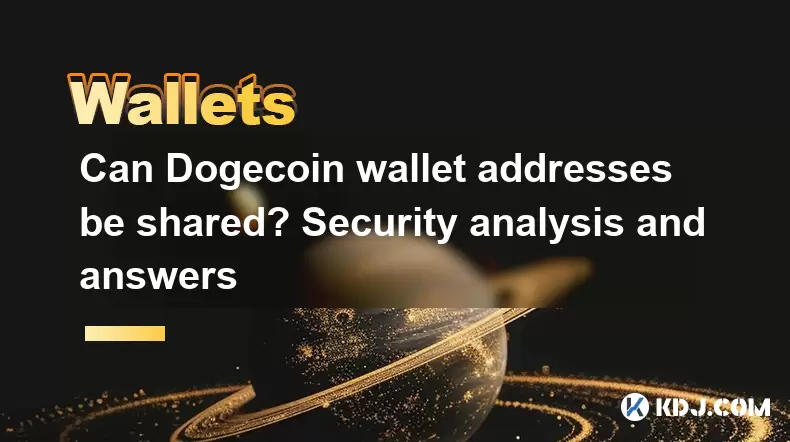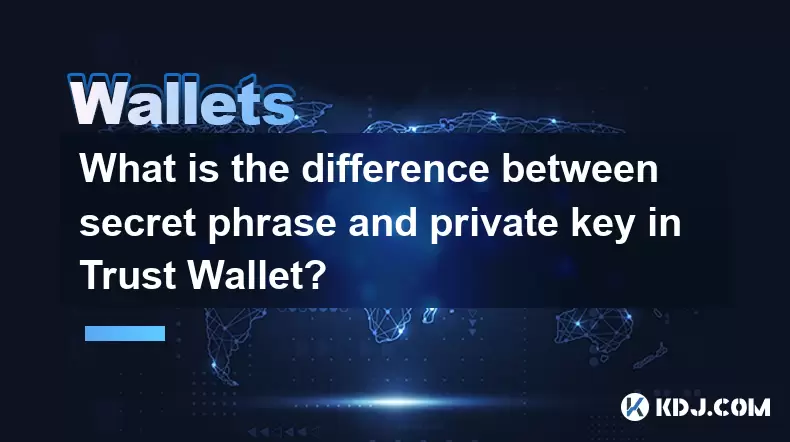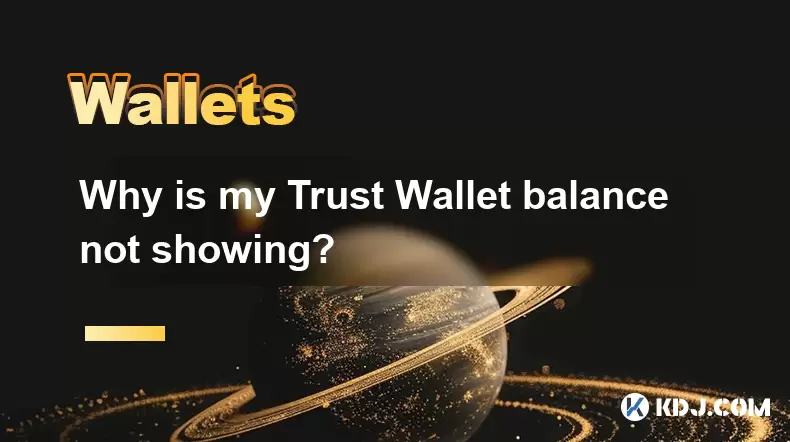-
 Bitcoin
Bitcoin $113900
-1.39% -
 Ethereum
Ethereum $3517
-4.15% -
 XRP
XRP $3.009
1.59% -
 Tether USDt
Tether USDt $0.9997
-0.04% -
 BNB
BNB $766.8
-1.41% -
 Solana
Solana $164.6
-2.38% -
 USDC
USDC $0.9998
-0.02% -
 TRON
TRON $0.3277
0.65% -
 Dogecoin
Dogecoin $0.2023
-1.67% -
 Cardano
Cardano $0.7246
0.05% -
 Hyperliquid
Hyperliquid $38.27
-4.77% -
 Sui
Sui $3.528
-0.52% -
 Stellar
Stellar $0.3890
-0.73% -
 Chainlink
Chainlink $16.16
-2.69% -
 Bitcoin Cash
Bitcoin Cash $539.9
-4.38% -
 Hedera
Hedera $0.2425
-2.00% -
 Avalanche
Avalanche $21.71
-0.97% -
 Toncoin
Toncoin $3.662
5.73% -
 Ethena USDe
Ethena USDe $1.000
-0.02% -
 UNUS SED LEO
UNUS SED LEO $8.964
0.35% -
 Litecoin
Litecoin $107.7
2.33% -
 Shiba Inu
Shiba Inu $0.00001223
-0.40% -
 Polkadot
Polkadot $3.617
-0.97% -
 Uniswap
Uniswap $9.052
-2.49% -
 Monero
Monero $295.1
-3.79% -
 Dai
Dai $0.9999
0.00% -
 Bitget Token
Bitget Token $4.315
-1.85% -
 Pepe
Pepe $0.00001060
0.11% -
 Cronos
Cronos $0.1342
-2.72% -
 Aave
Aave $256.0
-0.87%
Can Dogecoin wallet addresses be shared? Security analysis and answers
Dogecoin wallet addresses can be shared safely for receiving DOGE, but using new addresses for each transaction enhances privacy and security.
May 13, 2025 at 12:07 am

Introduction to Dogecoin Wallet Addresses
Dogecoin, a cryptocurrency that started as a meme, has grown to become a popular digital asset with a vibrant community. One of the fundamental aspects of using Dogecoin, or any cryptocurrency, is managing wallet addresses. A Dogecoin wallet address is a unique string of characters that represents a destination for sending and receiving DOGE. Understanding whether these wallet addresses can be shared and the security implications of doing so is crucial for any Dogecoin user.
What is a Dogecoin Wallet Address?
A Dogecoin wallet address is typically a 34-character string that begins with the letter 'D' or 'd'. This address is generated from a public key, which is derived from a private key. The private key must be kept secret, as it grants access to the funds associated with the wallet address. The public address, on the other hand, is meant to be shared with others to receive Dogecoin.
Can Dogecoin Wallet Addresses Be Shared?
Yes, Dogecoin wallet addresses can be shared. In fact, they are designed to be shared publicly to facilitate transactions. When you want to receive Dogecoin, you share your wallet address with the sender. Sharing your wallet address does not compromise the security of your funds, as long as you keep your private key secure.
Security Analysis of Sharing Dogecoin Wallet Addresses
Sharing your Dogecoin wallet address is generally safe from a security perspective. However, there are several considerations to keep in mind:
Privacy Concerns: Each time you use the same wallet address, it becomes easier for others to track your transactions on the blockchain. This could potentially compromise your privacy, especially if you're using the same address for different purposes.
Address Reuse: Using the same address repeatedly can make it easier for malicious actors to analyze your transaction patterns. It's generally recommended to use a new address for each transaction to enhance privacy.
Phishing Risks: Be cautious about where and how you share your wallet address. Phishing scams can trick you into entering your address on fraudulent websites, which could lead to theft if you also enter sensitive information.
Public Exposure: If you share your wallet address on public forums or social media, be aware that anyone can see it. While this doesn't directly affect the security of your funds, it can lead to unwanted solicitations or spam.
Best Practices for Sharing Dogecoin Wallet Addresses
To maintain the security and privacy of your Dogecoin transactions, consider the following best practices:
Use New Addresses for Each Transaction: Many modern Dogecoin wallets allow you to generate new addresses for each transaction. This practice can significantly enhance your privacy and security.
Keep Your Private Key Secure: Never share your private key or any information that could lead to someone accessing it. Your private key is the only thing that can move your funds, so its security is paramount.
Be Wary of Phishing Attempts: Always double-check the legitimacy of websites and emails before entering your wallet address or any other sensitive information.
Use Secure Communication Channels: When sharing your wallet address, use secure and private communication methods. Avoid posting it on public forums or social media unless necessary.
Monitor Your Wallet: Regularly check your wallet's transaction history to ensure no unauthorized transactions have occurred. Most wallets offer notifications for incoming and outgoing transactions.
How to Generate and Share a Dogecoin Wallet Address
Generating and sharing a Dogecoin wallet address is a straightforward process, but it's important to follow the steps carefully to ensure security:
Choose a Wallet: Select a reliable Dogecoin wallet that suits your needs. Popular options include software wallets like Dogecoin Core, mobile wallets like Trust Wallet, and hardware wallets like Ledger.
Install and Set Up the Wallet: Follow the wallet's installation and setup instructions. Make sure to securely back up your private key or recovery phrase.
Generate a New Address: Once your wallet is set up, navigate to the section where you can generate a new receiving address. This is usually labeled as "Receive" or "Generate Address."
Copy the Address: After generating a new address, copy it to your clipboard. Ensure you copy the entire address correctly, as any mistake could result in lost funds.
Share the Address: Share the copied address with the sender through a secure communication method. You can use email, messaging apps, or even QR codes if your wallet supports them.
Confirm the Transaction: Once the sender has initiated the transaction, monitor your wallet to confirm that the funds have arrived. Most wallets will notify you when a transaction is received.
Frequently Asked Questions
Q: Can someone steal my Dogecoin if they know my wallet address?
A: No, knowing your wallet address alone is not enough to steal your Dogecoin. The wallet address is public and designed to be shared. To steal your funds, someone would need access to your private key, which should never be shared.
Q: Is it safe to reuse the same Dogecoin wallet address for multiple transactions?
A: While it is technically safe from a security standpoint, reusing the same address can compromise your privacy. It's recommended to use a new address for each transaction to enhance privacy and make it harder for others to track your transactions.
Q: How can I protect my Dogecoin wallet address from phishing attempts?
A: To protect against phishing, always verify the authenticity of websites and emails before entering your wallet address. Use secure and trusted communication methods to share your address, and never enter your private key on any website or app.
Q: What should I do if I accidentally share my private key?
A: If you accidentally share your private key, immediately move your funds to a new wallet with a new private key. Consider the compromised wallet as insecure and no longer use it for storing funds.
Disclaimer:info@kdj.com
The information provided is not trading advice. kdj.com does not assume any responsibility for any investments made based on the information provided in this article. Cryptocurrencies are highly volatile and it is highly recommended that you invest with caution after thorough research!
If you believe that the content used on this website infringes your copyright, please contact us immediately (info@kdj.com) and we will delete it promptly.
- Solana, Axiom Exchange, and Revenue: Navigating the Future of DeFi
- 2025-08-02 12:50:12
- Cardano (ADA) and Altcoin Gains: Navigating the Crypto Landscape
- 2025-08-02 12:55:11
- Bitcoin's Bearish Momentum: Fakeout or the Real Deal?
- 2025-08-02 12:30:12
- Ethereum's Rocky Climb: Analysts Eye New ATH Despite Recent Dip
- 2025-08-02 10:30:11
- Ethereum Price, ETF Inflows, and ETH Tokens: What's Driving the Market?
- 2025-08-02 10:50:12
- Ethereum, ADA, and Price Support: What's Next for These Crypto Titans?
- 2025-08-02 10:50:12
Related knowledge

What is a watch-only wallet in Trust Wallet?
Aug 02,2025 at 03:36am
Understanding the Concept of a Watch-Only WalletA watch-only wallet in Trust Wallet allows users to monitor a cryptocurrency address without having ac...

How to switch between networks in Trust Wallet?
Aug 02,2025 at 12:36pm
Understanding Network Switching in Trust WalletSwitching between networks in Trust Wallet allows users to manage assets across different blockchains s...

How to check my full transaction history on Trust Wallet?
Aug 02,2025 at 09:24am
Understanding Transaction History in Trust WalletTrust Wallet is a widely used non-custodial cryptocurrency wallet that supports a broad range of bloc...

Why is my Trust Wallet balance zero?
Aug 02,2025 at 03:49am
Understanding Trust Wallet Balance Display IssuesIf you're seeing a zero balance in your Trust Wallet despite knowing you've previously received or se...

What is the difference between secret phrase and private key in Trust Wallet?
Aug 02,2025 at 09:49am
Understanding the Role of a Secret Phrase in Trust WalletThe secret phrase, also known as a recovery phrase or seed phrase, is a sequence of 12 or 24 ...

Why is my Trust Wallet balance not showing?
Aug 02,2025 at 06:01am
Understanding Trust Wallet Balance Display IssuesMany users encounter the issue where their Trust Wallet balance is not showing despite having previou...

What is a watch-only wallet in Trust Wallet?
Aug 02,2025 at 03:36am
Understanding the Concept of a Watch-Only WalletA watch-only wallet in Trust Wallet allows users to monitor a cryptocurrency address without having ac...

How to switch between networks in Trust Wallet?
Aug 02,2025 at 12:36pm
Understanding Network Switching in Trust WalletSwitching between networks in Trust Wallet allows users to manage assets across different blockchains s...

How to check my full transaction history on Trust Wallet?
Aug 02,2025 at 09:24am
Understanding Transaction History in Trust WalletTrust Wallet is a widely used non-custodial cryptocurrency wallet that supports a broad range of bloc...

Why is my Trust Wallet balance zero?
Aug 02,2025 at 03:49am
Understanding Trust Wallet Balance Display IssuesIf you're seeing a zero balance in your Trust Wallet despite knowing you've previously received or se...

What is the difference between secret phrase and private key in Trust Wallet?
Aug 02,2025 at 09:49am
Understanding the Role of a Secret Phrase in Trust WalletThe secret phrase, also known as a recovery phrase or seed phrase, is a sequence of 12 or 24 ...

Why is my Trust Wallet balance not showing?
Aug 02,2025 at 06:01am
Understanding Trust Wallet Balance Display IssuesMany users encounter the issue where their Trust Wallet balance is not showing despite having previou...
See all articles

























































































